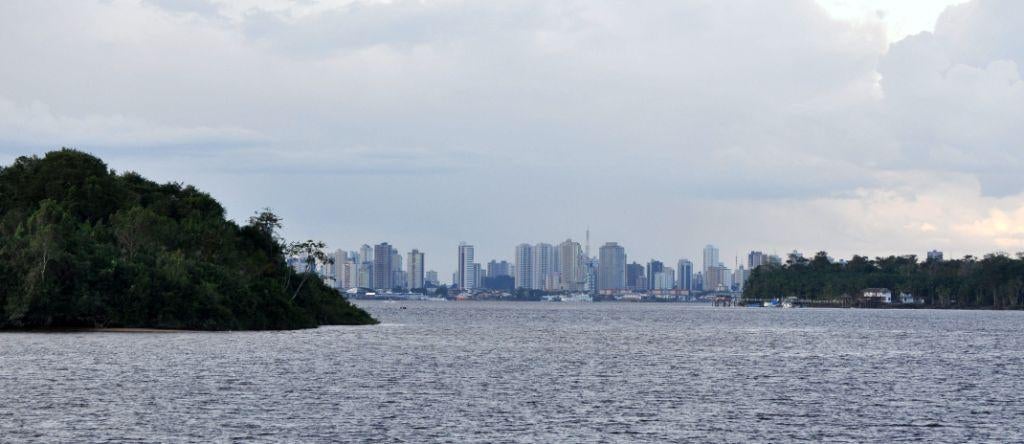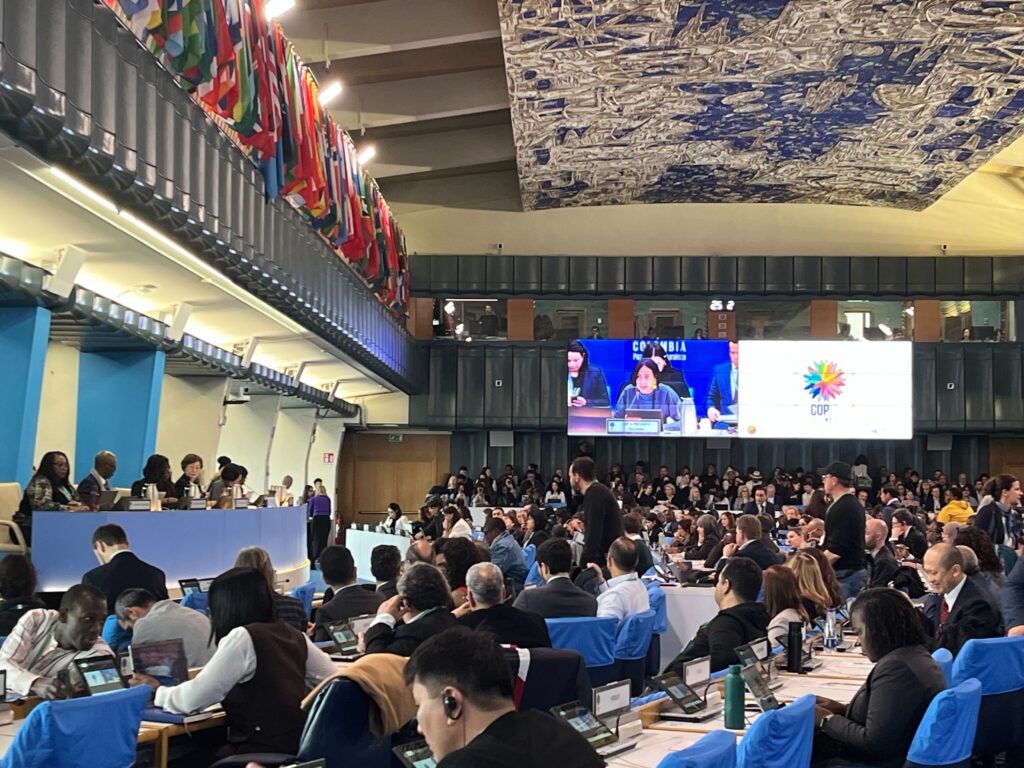
Results were released today for California’s first cap-and-trade auction of 2025. Prices decreased from the November 2024 auction, reflecting continued uncertainty among market participants due to the lack of regulatory and legislative clarity. This uncertainty is costing California hundreds of millions of dollars in lost revenue for climate and environmental justice programs at a time when the state needs it most.
February auction results
- All 51,466,028 current vintage allowances — emission allowances valid for compliance this year – offered for sale were purchased, resulting in the 18th consecutive sold out auction. This is 1,163,584 fewer allowances than were offered at the previous auction, as the number of offered allowances declines annually.
- The current auction settled at a price of $29.27, $3.40 above the $25.87 price floor and $2.64 below the November 2024 settlement price of $31.91. Today’s settlement price follows a trend of lower settlement prices, similar to the prices seen in the February, May, and November auctions, which settled at $41.76, $37.02, and $31.91, respectively. The last time auction prices dipped below $30 was in February of 2023.
- All of the 6,847,750 future vintage allowances offered for sale were purchased. These allowances can be used for compliance beginning in 2028. This is 363,250 fewer future vintage allowances than were offered at the previous advance auction.
- Future vintage allowances settled at $28.00, $2.13 above the $25.87 price floor and $2.16 below the November settlement price of $30.16.
- This auction is expected to generate roughly $851 million for the Greenhouse Gas Reduction Fund. This is a notable drop from the peak revenue a year ago, when the February 2024 auction generated over $1.3 billion.
What these results mean
First, it is important to understand that the market is functioning as designed. Despite fluctuating prices, the emissions cap remains intact and covered entities must comply with the program’s requirements. However, continued uncertainty surrounding the California Air Resources Board (CARB)’s rulemaking process and the state legislature’s timeline on program reauthorization are introducing unnecessary volatility and costing California critical revenue for climate and community investments.
Delays and uncertainty have a cost
This latest auction demonstrates the financial consequences of policy uncertainty. With CARB yet to finalize key decisions on pre-2030 allowance budgets and allocation, market participants lack the clarity needed to plan compliance strategies and make long-term investments in emissions reductions. The result? Auction prices that are lower than they might otherwise be, meaning California is leaving huge amounts of revenue on the table — funds that could have been used to invest in clean energy, wildfire prevention, and air quality improvements.
This month’s report from the Legislative Analyst’s Office highlights that the state may need to revise its Greenhouse Gas Reduction Fund expenditure plan if prices continue to trend lower than forecasted, potentially impacting both the 2024-25 and the 2025-26 budgets. Much of the revenue raised through these quarterly auctions is already committed to be spent on important programs statewide and the loss of revenue due to uncertainty could have very real impacts.
The lack of clarity also dampens the incentives for businesses to invest in emissions reductions; investments that often happen over years. If companies aren’t sure what the cap-and-trade market will look like in the next decade, they’re less likely to take proactive steps to decarbonize. Similarly, investors in clean energy and climate technology need confidence in long-term market stability to support new projects.
The good news: this is fixable
California has an opportunity to strengthen market confidence and ensure the cap-and-trade program continues driving ambitious emissions reductions while raising urgently needed funding for climate resilience and community investments. That starts with swift action on two fronts:
- CARB must finalize and implement its rulemaking to ensure the cap-and-trade program is on track to deliver the necessary reductions by 2030. This will provide clear market signals for investors, allow covered entities to plan their compliance strategies, and prevent further unnecessary volatility. CARB should release the Initial Statement of Reasons as soon as possible so that changes can go into effect in the 2026 allowance budget year.
- The Legislature must act this year to reauthorize the program at least through 2045. This will enable long-term investments and planning in emissions abatement, provide clarity about potential program reforms to increase climate ambition and equity outcomes, and send a strong message that cap-and-trade will remain a cornerstone of California’s strategy to meet its 2045 carbon neutrality goal.
Market fluctuations like those seen in this auction are a symptom of uncertainty. By committing to ambitious climate action through regulatory and legislative pathways, and reinforcing the essential role of cap-and-trade in delivering emission reductions, California can protect its climate leadership and generate the revenue needed for critical investments.
 The U.S. auto industry has just started finding its footing with electric vehicles (EVs). Jobs are now booming across the Midwest and the new “battery belt” in the South.
The U.S. auto industry has just started finding its footing with electric vehicles (EVs). Jobs are now booming across the Midwest and the new “battery belt” in the South.













